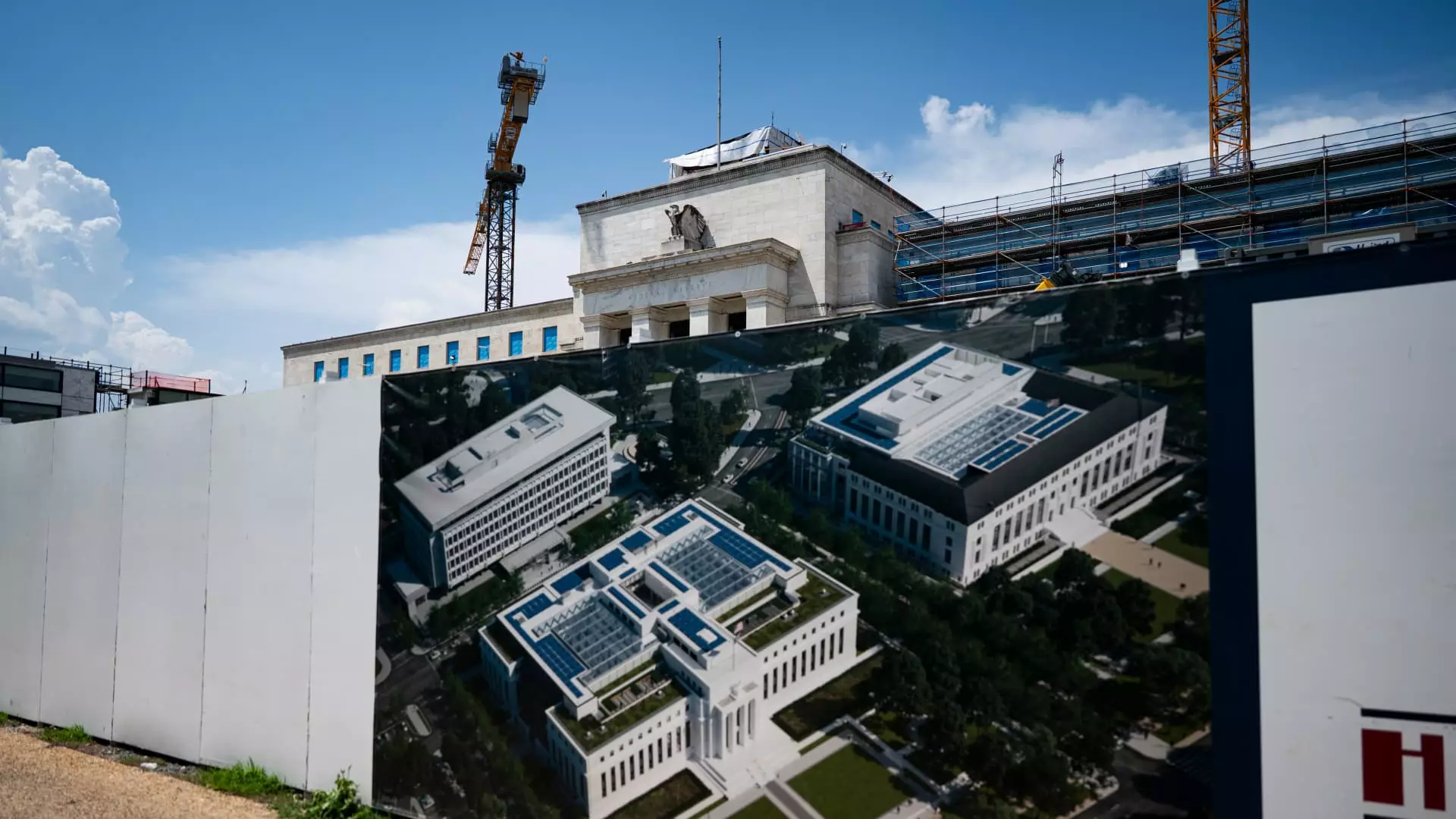The Federal Reserve’s decision to undertake a multi-billion dollar building expansion has ignited a fierce debate that exposes underlying tensions in American governance. Critics, including the White House and economic commentators, argue that such a project epitomizes fiscal irresponsibility and unchecked power. The fact that the Fed, an institution responsible for shaping monetary policy but insulated from direct congressional oversight, pursues this grand-scale renovation raises legitimate questions about transparency and accountability. Instead of being a prudent modernization effort, it appears to some as an extravagant misuse of resources that could have been better directed elsewhere.
The project, initially pegged at $2.5 billion, has ballooned in cost, prompting sharp criticism from political figures like President Donald Trump and others concerned with fiscal discipline. While the Fed insists that safety upgrades—removing hazardous materials and updating aging infrastructure—are necessary, the remedy seems exaggerated given the scope of the expenditure. It’s as if a private corporation dared to spend this astronomical sum without transparent oversight, sparking skepticism about the true motivations behind the project. The sheer scale of funding and the secrecy surrounding it point to a troubling tendency among central banks to operate above democratic scrutiny, which is especially problematic in a climate of growing economic inequality and public distrust.
Accountability and Oversight in Question
What is perhaps most alarming is the Federal Reserve’s perceived detachment from the democratic process. Critics like Kevin Hassett emphasize that the Fed has long operated without the level of oversight that taxpayers and their representatives deserve. The fact that the institution can embark on a massive construction project, with costs ballooning, without direct congressional approval highlights a fundamental flaw in American financial governance. The Fed’s claim that it’s not taxpayer-funded and not under the Office of Management and Budget’s supervision adds to this concern, suggesting a dangerous level of independence that seems to border on unchecked authority.
Moreover, the involvement of the inspector general signifies an acknowledgment of potential mismanagement, yet it feels more like a reactive patch than a proactive safeguard. The allegation of fiscal mismanagement, especially when echoed by populist figures, feeds into a narrative that the Federal Reserve, despite its crucial role in stabilizing the economy, can sometimes operate with a level of arrogance and secrecy detrimental to the broader public good. The real question is whether this project is driven by legitimate necessity or simply a case of institutional excessiveness—another example of entrenched power wielded without sufficient accountability.
Is The Modernization Justified—or Overreach?
The Fed justifies its spending by pointing to safety upgrades and compliance with modern standards, claiming that the buildings need renovation after decades of neglect. While these arguments may have some merit, they also serve to obfuscate the larger issue: the question of whether such a lavish investment is warranted in an era of economic uncertainty and fiscal austerity. The comparison of the project to France’s Palace of Versailles—used by critics as a metaphor for excess—captures the outrage many feel about an institution that, despite its supposed independence, appears increasingly disconnected from everyday economic realities faced by ordinary Americans.
In a broader sense, this controversy lays bare the tension inherent in the American economic system—where institutions like the Fed operate with a degree of independence that, if unchecked, risks fueling public cynicism. A balanced approach would demand more transparency, rigorous oversight, and a clear acknowledgment of the broader social implications of such large-scale spending. Instead, what we observe is a tendency to prioritize institutional self-preservation over societal accountability, eroding trust in a system that should serve the public interest—not just the interests of an insulated elite.

